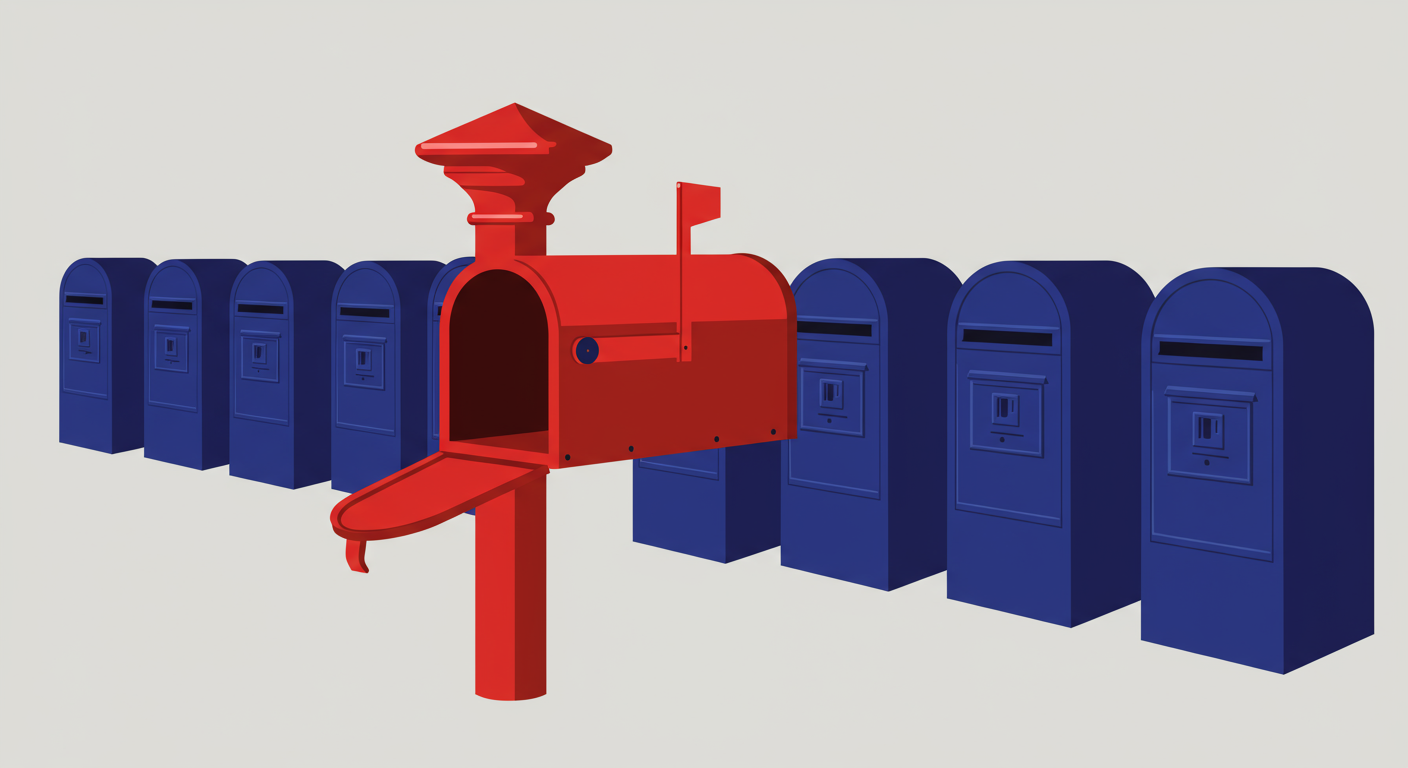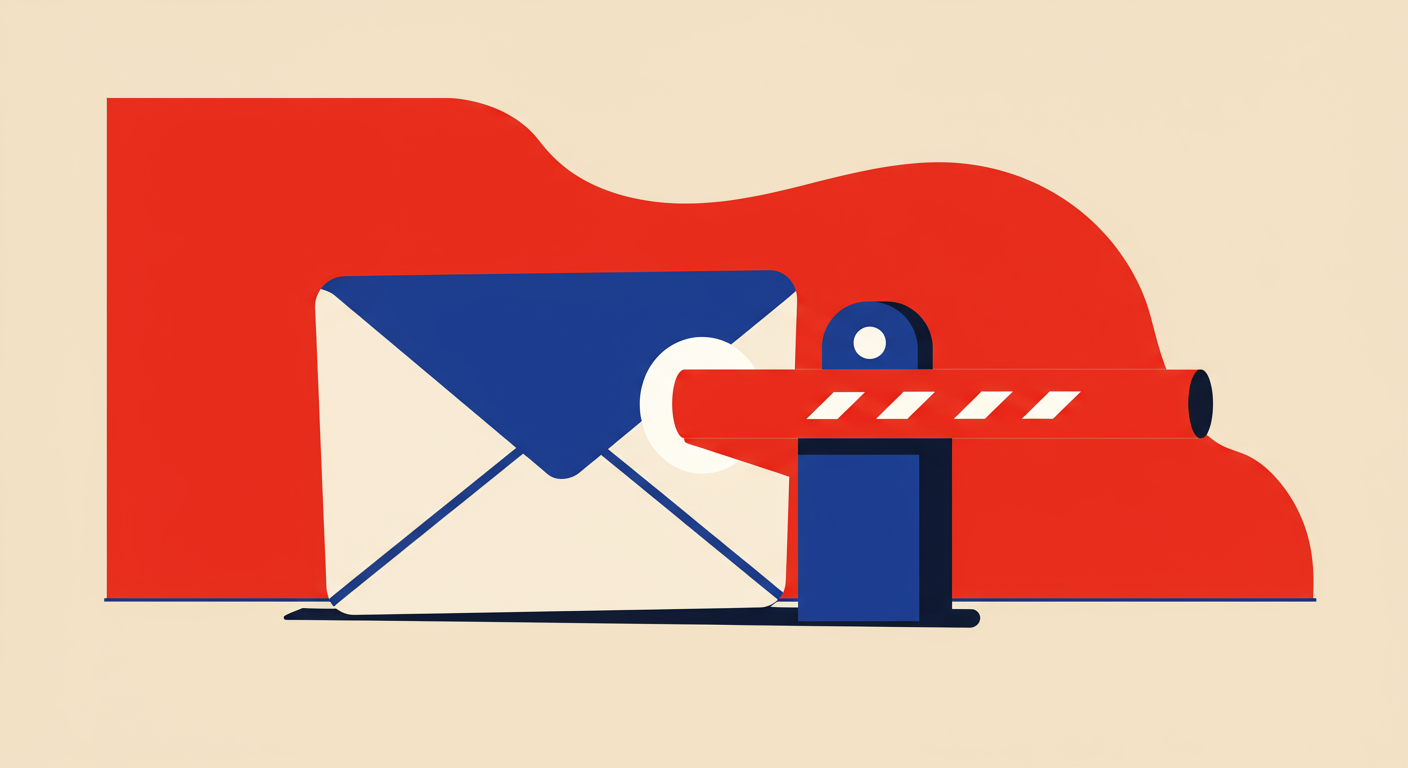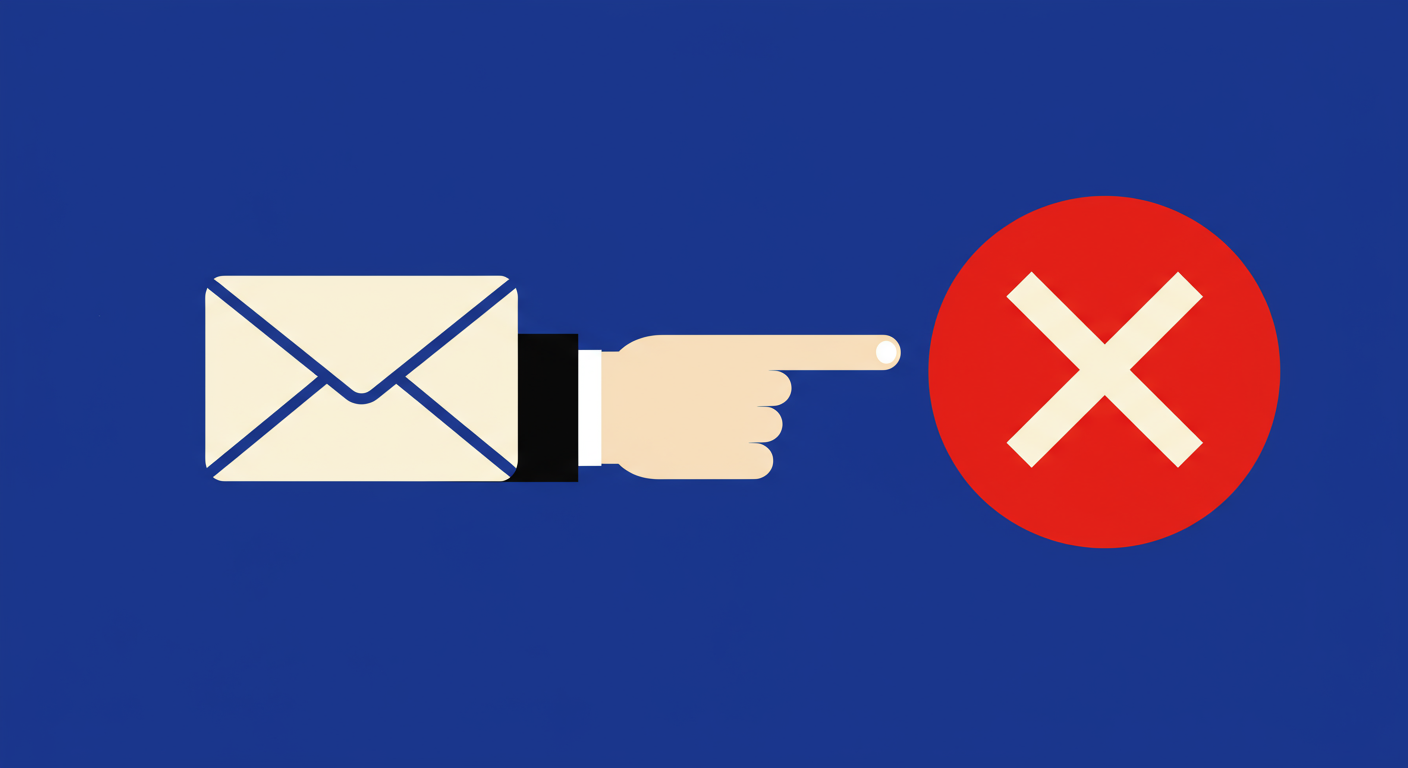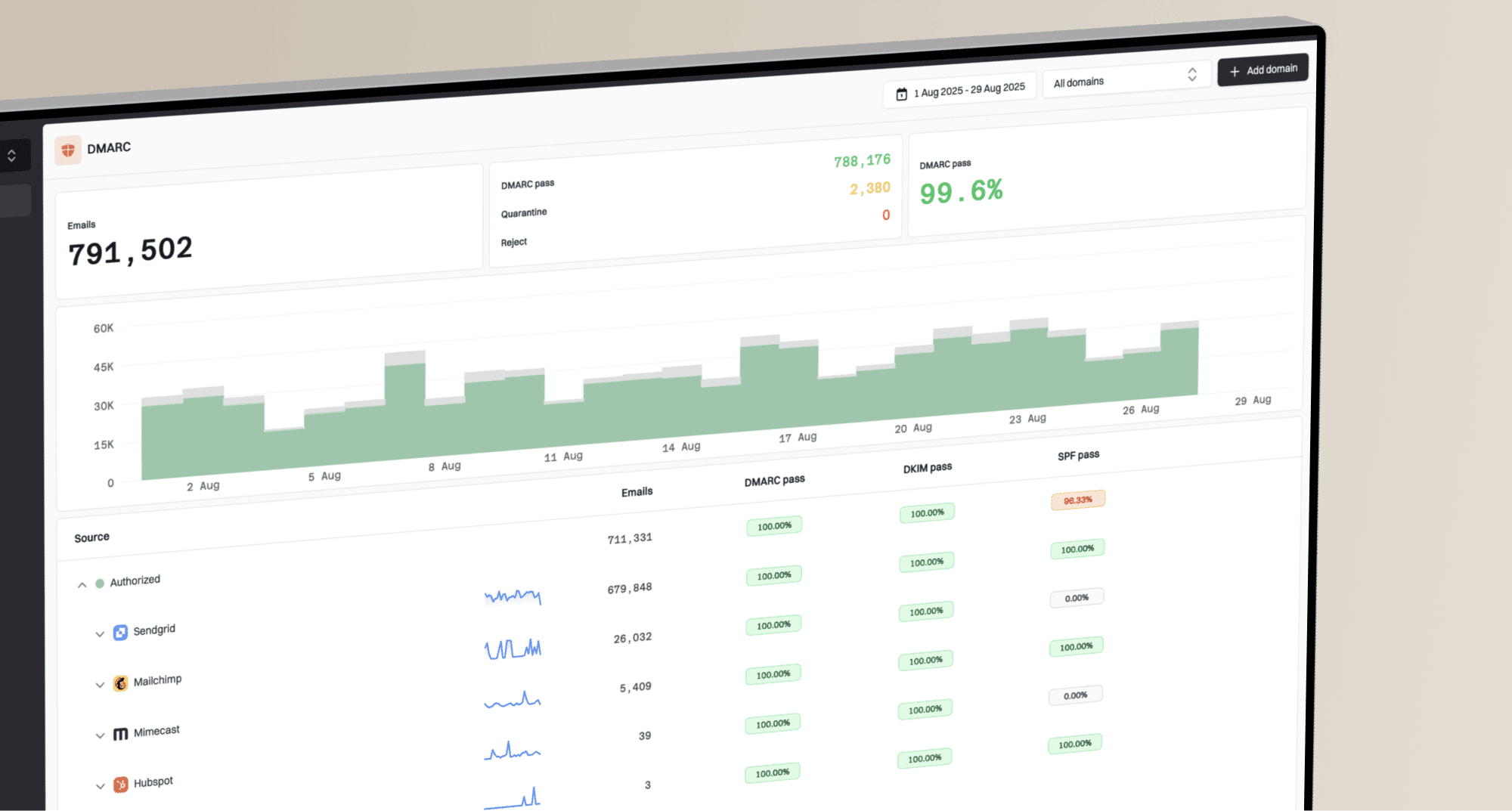What does it mean when your email is blacklisted?


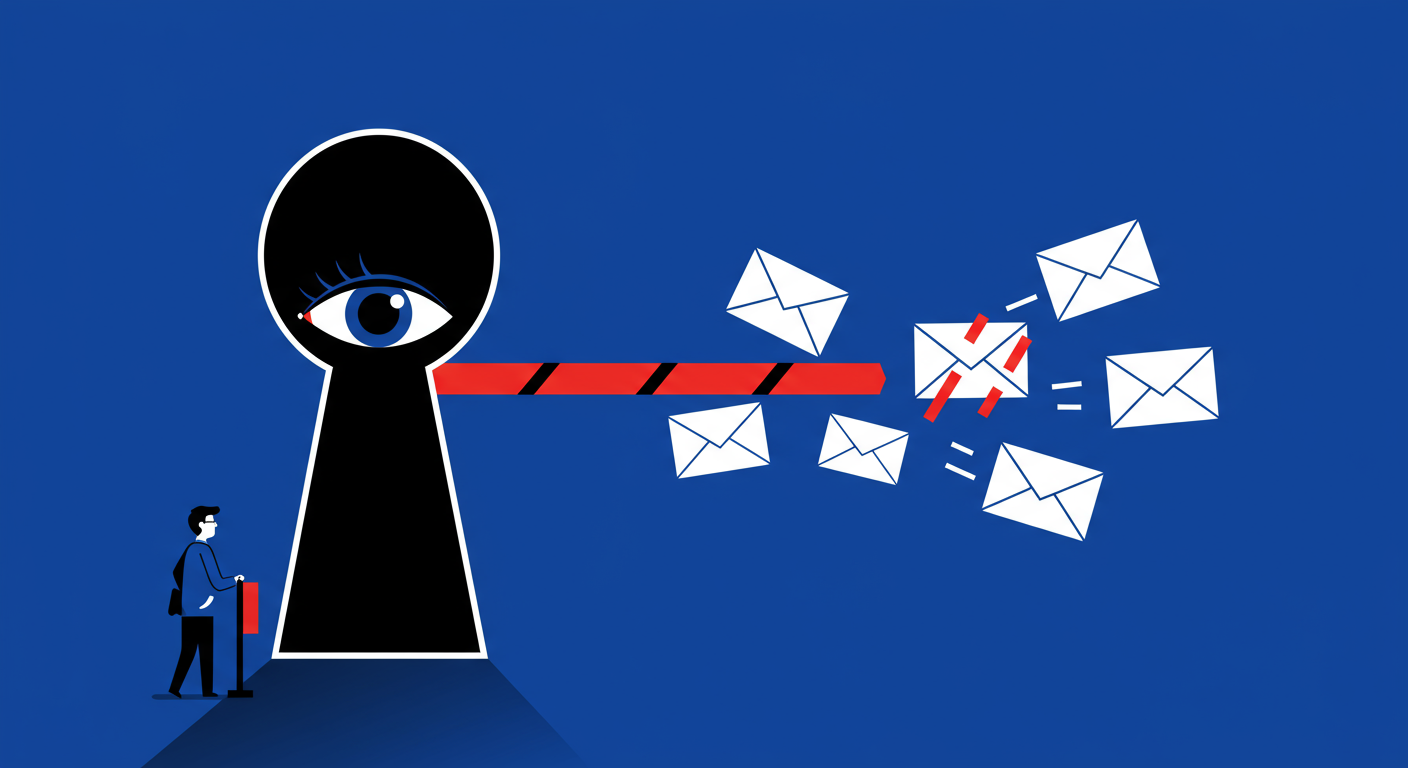
It’s a frustrating scenario many email marketers face. You’ve spent weeks crafting the perfect campaign, you hit send, and then… nothing. Your open rates are abysmal, and bounce notifications start trickling in. After some digging, you hear the term that strikes fear into the heart of any sender: you’ve been blacklisted. But what does it actually mean to have your email blacklisted?
Simply put, an email blacklist, or blocklist, is a real-time database of IP addresses and domain names that have been flagged for sending spam. These lists are created and maintained by various organizations, from independent anti-spam groups to major Internet Service Providers (ISPs) like Gmail and Outlook. Their goal is to protect users from unwanted, and often malicious, emails.
Being on a blacklist isn't a permanent mark of shame; it's a sign that your sending practices have triggered some red flags. Understanding why you landed on a blocklist is the crucial first step toward getting removed and, more importantly, preventing it from happening again. It’s a direct hit to your email deliverability, preventing your messages from reaching the inbox.

Think of blacklists as the security guards of the internet's postal system. When you send an email, the recipient's mail server doesn't just accept it blindly. One of the first things it does is check your sending IP address and domain against a series of these blacklists. It's a rapid-fire reputation check.
If your domain or IP is found on a blacklist (or blocklist), the receiving server has a decision to make. Depending on the specific blacklist you’re on and the server’s policies, your email could be outright rejected, resulting in a hard bounce. Alternatively, it might be accepted but filtered directly into the recipient's spam folder, where it's unlikely to ever be seen.
It's also important to know that there isn't just one master blacklist. There are hundreds of them, each with its own criteria for listing and delisting. Some are publicly accessible, while others are private, internal lists used by major providers like Google. This is why you might have delivery issues with one provider but not another.
You don't land on a blacklist by accident. It's almost always a result of sending behavior that makes you look like a spammer, even if your intentions are good. Mailbox providers and blacklist operators are looking at signals from recipients and technical data to judge your reputation.
The most common culprits are tied directly to poor email list hygiene and sending practices. These can include a variety of issues:
Another factor can be your sending infrastructure. If you use an email marketing service, you might be on a shared IP address with other senders. If one of them engages in spammy behavior, the shared IP can get blacklisted, impacting everyone who uses it, including you. This is one of the many pitfalls to avoid in email marketing.
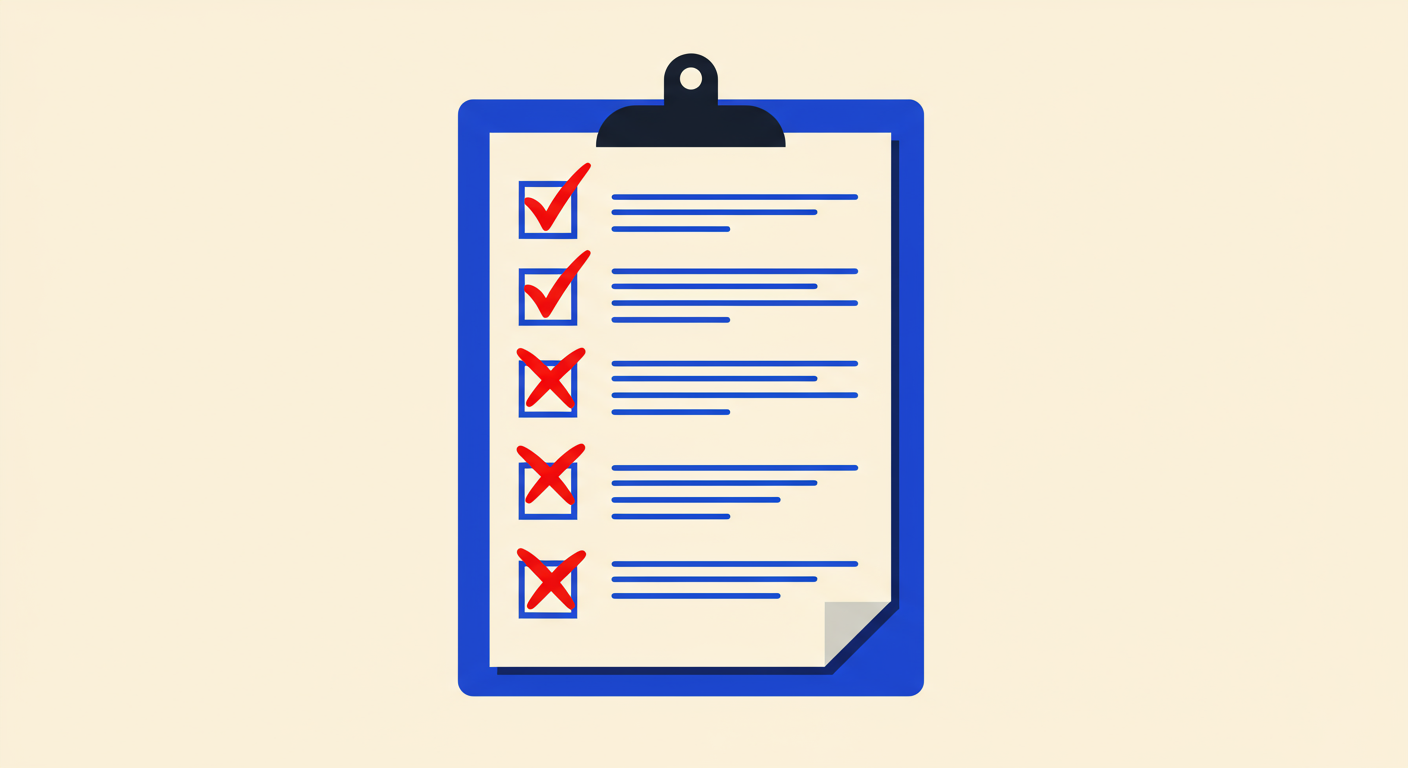
If you suspect you're on a blocklist, you don't have to guess. Poor deliverability metrics are the first clue, but you can get a definitive answer. The first step is to check your domain and IP address against the major public blacklists.
There are free tools and professional services that can help you do this. At Suped, our platform continuously monitors your domains against dozens of influential blacklists, alerting you the moment an issue arises. For a quick check, you can use a simple tool to scan the most common blacklists.
 Spamhaus
Spamhaus 0Spam
0Spam Cisco
Cisco NoSolicitado
NoSolicitado URIBL
URIBL abuse.ro
abuse.ro ALPHANET
ALPHANET Anonmails
Anonmails Ascams
Ascams BLOCKEDSERVERS
BLOCKEDSERVERS Calivent Networks
Calivent Networks EFnet
EFnet
 JustSpam
JustSpam Kempt.net
Kempt.net
 NordSpam
NordSpam RV-SOFT Technology
RV-SOFT Technology
 Scientific Spam
Scientific Spam Spamikaze
Spamikaze SpamRATS
SpamRATS SPFBL
SPFBL Suomispam
Suomispam System 5 Hosting
System 5 Hosting Team Cymru
Team Cymru Validity
Validity www.blocklist.de Fail2Ban-Reporting Service
www.blocklist.de Fail2Ban-Reporting Service ZapBL
ZapBL 2stepback.dk
2stepback.dk Fayntic Services
Fayntic Services ORB UK
ORB UK technoirc.org
technoirc.org TechTheft
TechTheft Spamhaus
Spamhaus 0Spam
0Spam Cisco
Cisco NoSolicitado
NoSolicitado URIBL
URIBL abuse.ro
abuse.ro ALPHANET
ALPHANET Anonmails
Anonmails Ascams
Ascams BLOCKEDSERVERS
BLOCKEDSERVERS Calivent Networks
Calivent Networks EFnet
EFnet
 JustSpam
JustSpam Kempt.net
Kempt.net
 NordSpam
NordSpam RV-SOFT Technology
RV-SOFT Technology
 Scientific Spam
Scientific Spam Spamikaze
Spamikaze SpamRATS
SpamRATS SPFBL
SPFBL Suomispam
Suomispam System 5 Hosting
System 5 Hosting Team Cymru
Team Cymru Validity
Validity www.blocklist.de Fail2Ban-Reporting Service
www.blocklist.de Fail2Ban-Reporting Service ZapBL
ZapBL 2stepback.dk
2stepback.dk Fayntic Services
Fayntic Services ORB UK
ORB UK technoirc.org
technoirc.org TechTheft
TechTheft Spamhaus
Spamhaus 0Spam
0Spam Cisco
Cisco NoSolicitado
NoSolicitado URIBL
URIBL abuse.ro
abuse.ro ALPHANET
ALPHANET Anonmails
Anonmails Ascams
Ascams BLOCKEDSERVERS
BLOCKEDSERVERS Calivent Networks
Calivent Networks EFnet
EFnet
 JustSpam
JustSpam Kempt.net
Kempt.net
 NordSpam
NordSpam RV-SOFT Technology
RV-SOFT Technology
 Scientific Spam
Scientific Spam Spamikaze
Spamikaze SpamRATS
SpamRATS SPFBL
SPFBL Suomispam
Suomispam System 5 Hosting
System 5 Hosting Team Cymru
Team Cymru Validity
Validity www.blocklist.de Fail2Ban-Reporting Service
www.blocklist.de Fail2Ban-Reporting Service ZapBL
ZapBL 2stepback.dk
2stepback.dk Fayntic Services
Fayntic Services ORB UK
ORB UK technoirc.org
technoirc.org TechTheft
TechTheft Spamhaus
Spamhaus 0Spam
0Spam Cisco
Cisco NoSolicitado
NoSolicitado URIBL
URIBL abuse.ro
abuse.ro ALPHANET
ALPHANET Anonmails
Anonmails Ascams
Ascams BLOCKEDSERVERS
BLOCKEDSERVERS Calivent Networks
Calivent Networks EFnet
EFnet
 JustSpam
JustSpam Kempt.net
Kempt.net
 NordSpam
NordSpam RV-SOFT Technology
RV-SOFT Technology
 Scientific Spam
Scientific Spam Spamikaze
Spamikaze SpamRATS
SpamRATS SPFBL
SPFBL Suomispam
Suomispam System 5 Hosting
System 5 Hosting Team Cymru
Team Cymru Validity
Validity www.blocklist.de Fail2Ban-Reporting Service
www.blocklist.de Fail2Ban-Reporting Service ZapBL
ZapBL 2stepback.dk
2stepback.dk Fayntic Services
Fayntic Services ORB UK
ORB UK technoirc.org
technoirc.org TechTheft
TechTheft Spamhaus
Spamhaus 0Spam
0Spam Cisco
Cisco NoSolicitado
NoSolicitado URIBL
URIBL abuse.ro
abuse.ro ALPHANET
ALPHANET Anonmails
Anonmails Ascams
Ascams BLOCKEDSERVERS
BLOCKEDSERVERS Calivent Networks
Calivent Networks EFnet
EFnet
 JustSpam
JustSpam Kempt.net
Kempt.net
 NordSpam
NordSpam RV-SOFT Technology
RV-SOFT Technology
 Scientific Spam
Scientific Spam Spamikaze
Spamikaze SpamRATS
SpamRATS SPFBL
SPFBL Suomispam
Suomispam System 5 Hosting
System 5 Hosting Team Cymru
Team Cymru Validity
Validity www.blocklist.de Fail2Ban-Reporting Service
www.blocklist.de Fail2Ban-Reporting Service ZapBL
ZapBL 2stepback.dk
2stepback.dk Fayntic Services
Fayntic Services ORB UK
ORB UK technoirc.org
technoirc.org TechTheft
TechTheftPerforming a blacklist check is fast and straightforward. You simply enter your domain name or sending IP address, and the tool will query numerous blacklist databases. The results will show you which, if any, blacklists you are currently on, which is the essential first piece of information you need to start fixing the problem.
Finding your domain on a blacklist can be alarming, but there is a clear path forward. First, don't panic. Second, identify and fix the root cause. Look at your recent campaigns. Did you see a spike in spam complaints or bounces? Did you email a new, unverified list? You must resolve the underlying issue before you do anything else.
Once you've fixed the problem (for example, by cleaning your email list, improving your content, or setting up authentication), you can request removal. This process is often called 'delisting'. Each blacklist operator has its own procedure. Some have self-service removal forms, while others might resolve automatically after a period of time once the spammy behavior stops. Following the steps to get removed is critical to restoring your sender reputation.
Ultimately, being blacklisted is a harsh but valuable lesson in email marketing best practices. It means your sender reputation has been damaged, but it's not irreparable. The key is to shift from a reactive to a proactive approach. Focus on maintaining a healthy, engaged email list, sending content your audience values, and continuously monitoring your sender reputation and blacklist status. This is the only sustainable way to ensure your emails consistently land where they belong: the inbox.


